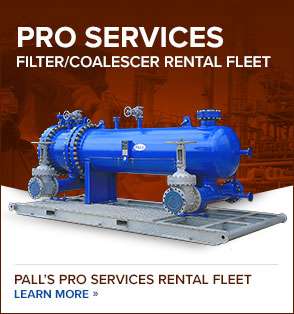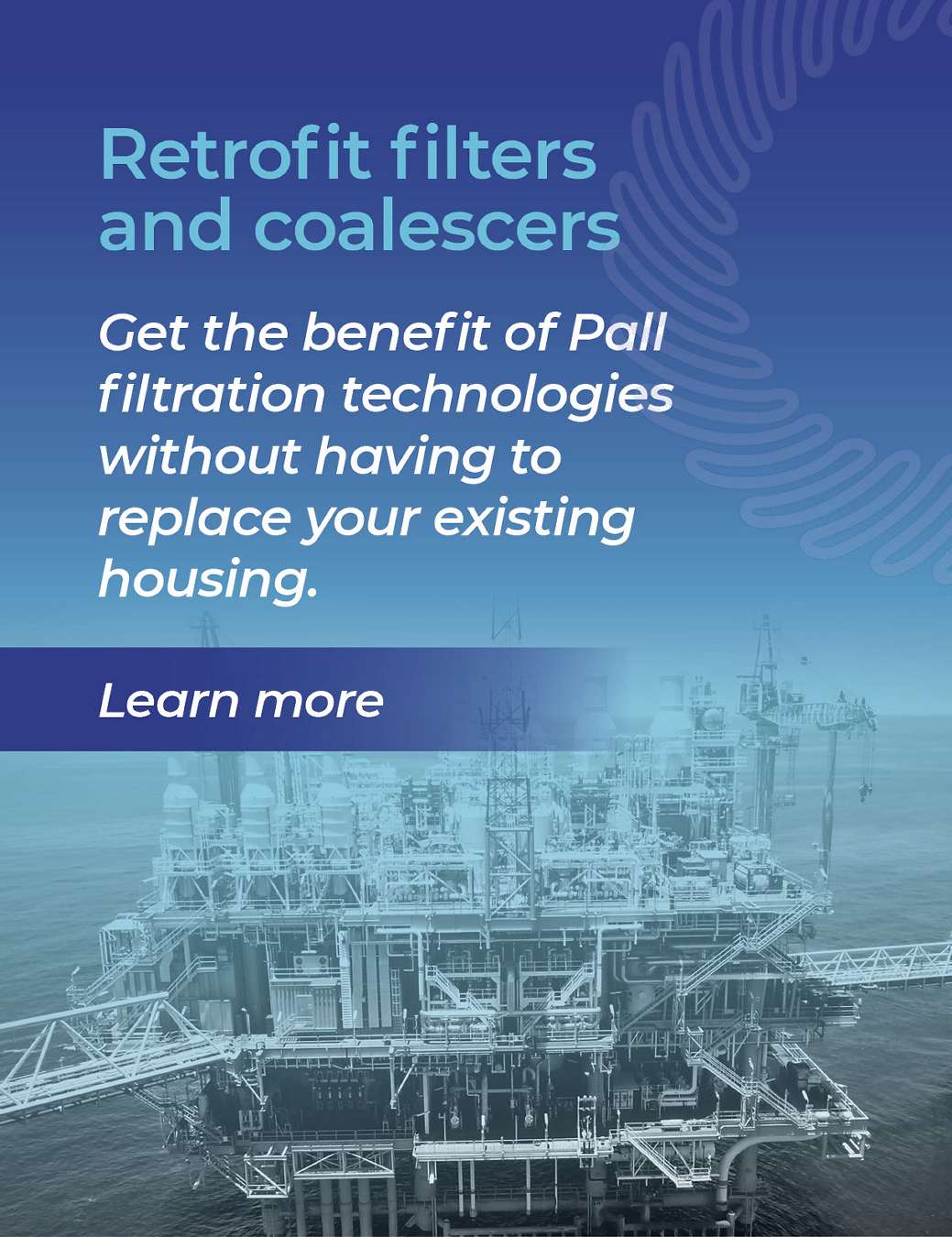O que é unidade de remoção de gás ácido (depuração de aminas)?
Os processos de remoção do gás ácido utilizam aminas ou solventes especiais para remover gases ácidos como, por exemplo, H2S e/ou CO2 do Gás combustível de refinaria (RFG), visando atender às especificações de qualidade do gás. O gás ácido entra em contato com a amina pobre na torre do contator. Ocorre uma reação ácido-base, ligando os gases ácidos à amina por uma ligação fraca. A amina enriquecida então flui para o regenerador, onde o calor quebra a ligação fraca entre a amina e o gás ácido, liberando o gás ácido e regenerando a amina para reuso.
Os gases ácidos que saem da parte superior do regenerador para a parte posterior, enquanto a amina pobre é recirculada de volta para o contator em um ciclo de recirculação. O tratamento da amina líquida também pode ser utilizado para remover H2S do gás liquefeito de petróleo (GLP). Nesse caso, um contator de líquido-líquido é utilizado para fazer o contato da amina pobre com o gás liquefeito de petróleo líquido.
Quais são os benefícios da remoção de gás ácido?
- Alcançar cotas de produção de petróleo por meio de um tratamento confiável dos gases ácidos que, de outro modo, resultam em gargalo das operações da unidade.
- Fornecer gás combustível de qualidade consistente para garantir a confiabilidade de todas as operações do queimador na refinaria.
- Minimizar as emissões de gases da refinaria por meio da remoção de contaminantes ácidos do gás combustível.
Desafios e soluções para remoção de gases ácidos
| Desafio | Solução |
|---|---|
Qualidade de RFG:Redução das remessas da refinaria devido a problemas operacionais da unidade de remoção de gás ácido, redução da produção de gasolina, combustível de jato e diesel. Vasos de KO, malhas metálicas, dispositivos ciclônicos e separadores de filtro convencionais podem não ser eficientes na remoção de gotas de hidrocarboneto líquido de tamanho de aerossol ou sólidos finos. | Aumente a produtividade e a confiabilidade com qualidade consistente de RFG controlando a formação de espuma e incrustação de AGRU.
|
Ventilação de RFG:Excedências ambientais devido à ventilação do gás combustível de refinaria fora das especificações de operação ruim da Unidade de remoção de gás ácido. | Unidade de remoção de gás ácido em conformidade ambiental através do controle dos problemas de espuma e incrustação
|
Contaminação de partículas sólidas:Contaminantes de partículas sólidas nos sistemas de amina são, em sua maioria, produtos de corrosão muito finos que podem não ser adequadamente removidos por filtros que exibem descarga, migração de mídia, canalização ou vedação deficiente. | Uma série de elementos de filtros absolutos e nominais está disponível para reduzir os sólidos suspensos até < 5 ppmw, manter a amina limpa e reduzir os problemas de formação de espuma e incrustação.
Para um melhor controle dos sólidos, acrescente filtração na parte da amina rica. A exposição total dos trabalhadores ao gás ácido será reduzida devido à menor necessidade de manutenção no sistema do lado enriquecido.
|
Arraste de amina:Problemas com a soda tratada pelo transporte de amina para o GLP doce (sweet gás) | Eliminação dos problemas com a soda tratada devido ao transporte de amina proveniente da amina líquida já tratada.
Instalar um coalescedor líquido/líquido de alta eficiência a jusante do contator de líquido para remover amina residual e garantir que a qualidade do teste de corrosão seja alcançada.
|
Necessidade de limpeza rápida | Usar filtro móvel ou módulos de coalescedor líquido/líquido. |
Fluxograma do processo da unidade de remoção de gás ácido
Principal aplicação no processo de remoção de gás ácido/depuração de aminas (outras aplicações não apresentadas)
| Aplicação | Produto da Pall | Benefícios ao cliente |
|---|---|---|
Coalescedor de entrada do contractor | Produtividade, confiabilidade e conformidade da refinaria por meio da proteção da Unidade de remoção de gás ácido dos problemas causados por resíduos. | |
Coalescedor de saída do contractor | Melhora da confiabilidade do queimador e redução da manutenção do queimador, removendo a passagem de amina | |
Filtro de amina (adicionar ao lado enriquecido para melhor desempenho) | Filtros de alto fluxo Ultipleat®, Filtros Coreless, Filtros Marksman™, Cartuchos filtrantes de polipropileno Profile® II, Cartuchos filtrantes melt blown Nexis® II
| Produtividade, confiabilidade e conformidade da refinaria por meio da proteção da Unidade de remoção de gás ácido contra espuma e incrustação causando problemas para o gás combustível de refinaria |
Remoção de hidrocarbonetos líquidos da amina | Coalescedores líquido/líquido PhaseSep EL
| Reduz problemas na planta de enxofre a jusante |
Remoção de amina do gás liquefeito de petróleo | Coalescedor líquido/líquido PhaseSep EL
| Melhora a confiabilidade da soda tratada, atende às especificações de qualidade do gás liquefeito de petróleo (teste de corrosão)
|
Limpeza e descontaminação do filtro | Usar filtro móvel ou aluguel de módulos de coalescedor líquido/líquido | Recuperação rápida de problemas, retorno à produtividade, confiabilidade e conformidade da refinaria |
Para saber mais sobre como melhorar a eficiência de seus processos, contate nossa equipe de especialistas em filtração.
-
2018 - Sistemas de amina - Visão geral e impacto da corrosão
Insira seus dados para fazer download do arquivo
Baixar: -
2017 - Remoção de contaminantes de alta eficiência melhora processos novos e existentes de adoçamento
Insira seus dados para fazer download do arquivo
Baixar:
Nossos produtos
Liderando o setor com soluções e produtos adaptados às necessidades dos clientes.


